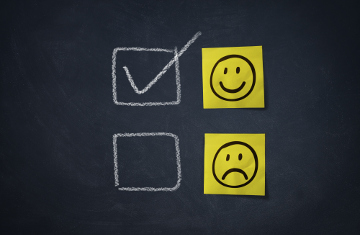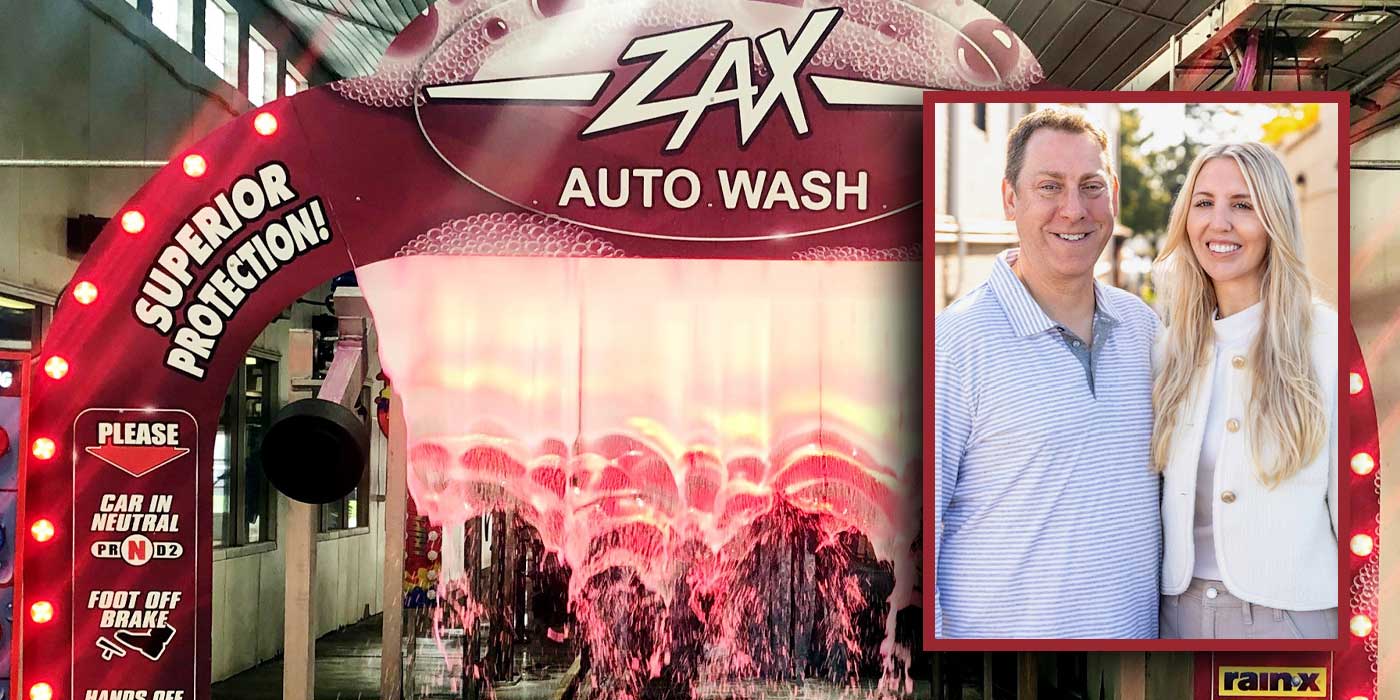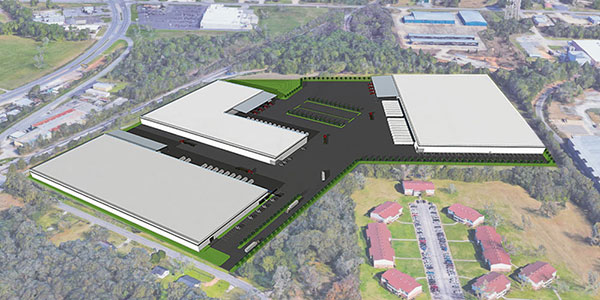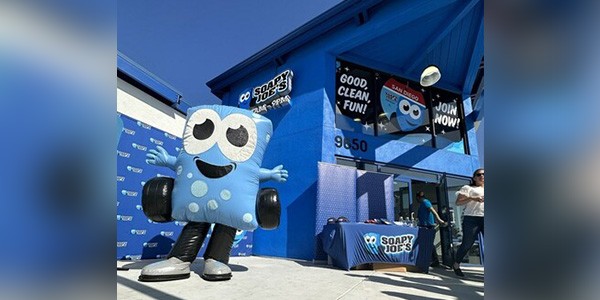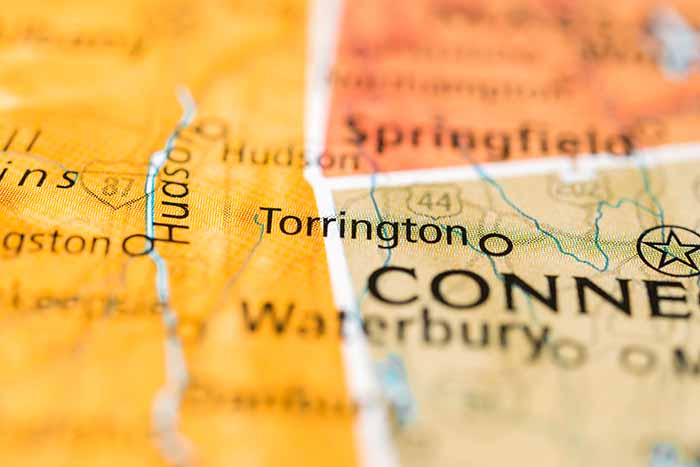Every business — carwash or otherwise — knows that keeping customers waiting too long is a recipe for poor service. Not only can excessive waits cause customers to become upset and agitated, but they can also cost the business through lost revenue and poor customer reviews.
Fortunately for carwashes that regularly deal with waiting lines of cars and trucks, a little organization and a better system for informing drivers as to their progress can bring calm and quiet to an area of upheaval.
Not only does wait line management — also known as queue management — reduce the aggravation levels of customers and offer the potential to increase profits, it also benefits employees who receive the brunt of complaints from angry customers kept waiting. At the same time, the latest systems improve operational efficiency through the accurate tracking and evaluation of wait times and processes.
For these reasons the latest in “wait line management systems” are now being installed by forward-thinking carwash owners who see the advantage of keeping customers happy by keeping lines moving quickly.
“We had a system designed that uses a timer to keep the pace up so we could handle more cars,” says Tom Magazzine, owner of Station Auto Wash — a family owned and operated full-service carwash and express detailing center in Purcellville, Va. “The timers work very effectively. People get their work done quickly and then they move on. Customers really like the whole concept because they don’t have to wait so long.”
Prevent frustration and lost income
Often, long wait lines create discontent among customers. Not liking to be “kept in the dark,” people want answers, and without them, they get angry. Adding to this frustration are environmental issues such as hot temperatures, exhaust fumes and traffic noise. Further, there are individual issues such as a medical condition, a gnawing hunger or problems that the customer has carried over from work or home.
Eventually, some drivers will pull out of the queue and spend their money elsewhere. At a minimum, unhappy customers will complain about the long wait to their family and friends. Today, that complaint can reach much further through review sites like Yelp, Angie’s List and even individual blogs.
“News travels fast, but bad news travels faster,” notes Terry Lang, owner and founder of Alzatex Inc., an Aloha, Ore., based manufacturer of high technology timing. “Not only that, but it takes about 10 good reviews to outweigh one bad one. No owner or manager can afford to let complaints about waiting in line too long tarnish an otherwise solid reputation.”
“In the carwash business we often gave time away for free by letting people waste too many minutes in the vacuum and detailing bays because we had no way of timing how long they kept their cars or trucks there while they leisurely toweled them off,” says Magazzine. “But if you give anything away for free, then people don’t value it. I had to find some way of speeding the process so those stuck back in line wouldn’t become aggravated, leave and then never come back.”
Comfort the customers
Wait line management systems address these issues by coordinating wait times in order to help shorten them. Just as important, they keep those in line appraised of just how long the wait is. This immediately provides the customer with a great sense of reassurance.
The data to provide this knowledge is collected and broadcasted through several components of hardware and software. Basic systems include a “take-a-number” ticket dispenser; hard-wired buttons that service personnel use to advance numbers; and flashing indicator lamps placed over service windows or vacuum bays to identify which spot is now open.
More advanced systems serve several spaces and incorporate wireless buttons. Some systems offer a controller with SD card memory for capturing wait times, number of people waiting and several other events. As part of the system, that information is stored and organized in software that enables owners to handle all aspects of queue management in real-time and make adjustments where needed.
Information provided by such systems can include the: service type (as identified by letter codes); estimated wait time and number of clients still waiting; current ticket number for the client being served; total clients served per hour or per day; and minutes taken to serve each client. Such knowledge helps improve operations and the bottom line.
In the case of full-service carwashes, some of this information gets displayed in the waiting areas. Lang notes, “Customers can then open a book, make telephone calls, or surf the web on their smart phones.”
A carwash example
If anything has delayed the wide adoption of wait line management systems, it is the fact that customization has been lacking. Until recently such systems were only offered “off the shelf” for applications such as the post office or bakeries. How could that carry over to a carwash?
This issue has now been addressed through systems that utilize customized engineering to link up the various hardware and software components in a manner tailored to meet the specific needs of even the most unusual application.
“We built a new carwash, and we wanted to introduce a new concept in self service where people could do their own interior work in an indoor facility,” explains Magazzine. “They pull in and have everything they need: vacuums, air, towels and chemicals. But it was almost too convenient, so some motorists would take too much time to the frustration of those waiting behind them. We had to do something.”
“I searched online for timers…,” continues Magazzine. “I talked directly to the engineers and told them about my situation and how I wanted the timing system to improve my operations. They then designed a system just for me that could help me handle more cars without alienating customers.”
“We charge $5 for the initial 12 minutes allotted for each car, but then charge for any additional minutes,” explains Magazzine. “The system starts beeping at the end of every minute after the initial 12 as a reminder that each extra minute costs them another dollar. Before we got the new system some folks would hang around for 45 minutes, but now we handle as many as 20 cars per hour per space. This has created a very profitable revenue stream for us while easing the frustration of waiting customers.”
“As for customer feedback, it’s been unanimous,” continues Magazzine. “We have yet to have a single complaint. Everybody who has used the system says they will come back and use it again. We started with the system in two bays, but it worked out so well that we installed it in six.”
Del Williams is a technical writer based in Torrance, Calif. For more information, contact Alzatex Inc.; 6400 SW 213th Avenue; Aloha, OR 97007; 503-642-9693; 888-808-4452; Fax: 503-649-6539; [email protected] or www.Alzatex.com.

